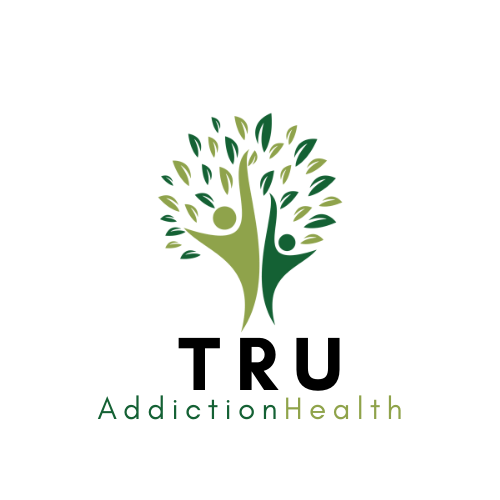Cognitive Behavioral Therapy for Alcoholism
According to the 2019 National Study on Substance Abuse and Health (NSDUH), 14.5 million people aged 12 or older have an alcohol use disorder (AUD), likewise called alcoholism. Engaging in hazardous drinking behaviors not just can have social effects, such as vehicle mishaps or violence, however the health costs can likewise be extreme, varying from blackouts and falls to liver damage, alcohol poisoning, and cancer, and death. Alcohol is the 3rd leading cause of avoidable death in the United States, routing behind tobacco and bad diet plan and physical lack of exercise.
Thankfully, effective treatment is readily available for alcohol use disorder. Cognitive behavior therapy (CBT) is one of the most popular psychiatric therapy techniques for treating alcohol use disorder This short article will discuss Cognitive behavioral therapy for addiction and particularly alcoholism, its efficiency, and what to anticipate throughout a therapy session.
What is CBT?
Cognitive-behavioral therapy (CBT) is extensively thought about the favored psychiatric therapy treatment method for alcohol use disorder. CBT, likewise called talk therapy, combines therapeutic techniques from both elements of cognition and behavior to help people acknowledge and willpower distorted patterns of believed, which frequently affect their behavior, leading to their alcohol use disorder The crucial presumption of the CBT design is that your ideas, feelings and behaviors are all linked. For instance, if you believe improperly about your yourself then you tend to feel alone and depressed which can lead you to beverage alcohol to numb your internal pain. CBT is an issue focused therapy approach significance that the objective is to discover healthy options to your existing issues instead of focusing on the underlying factors of why you are having these issues.
CBT was very first found in the 1960s when psychoanalyst Aaron Beck discovered a pattern of cognitive distortions among his patients with depression. He observed that lots of of his patients revealed patterns of illogical and overstated ideas, which he observed were associated to cognitive shortages. With these findings, Beck started to view depression as a cognitive disorder instead of a mood disorder. Eventually, his research study led to the advancement of cognitive theory, which is now called CBT.
The CBT Design
The CBT design is used as a structure to gain an understanding of an individual’s troublesome behavior. The core concepts of the CBT design are focused on an individual’s cognitions, or beliefs, about themselves, the world, and those around them. The 3 levels of cognition in the CBT design are:
- Core beliefs, or schemas: Core beliefs are underlying beliefs, or schemas, that an individual holds about oneself, others, and the world. Generally, they are affected by early youth experiences and considered as accurate and outright. When activated, unfavorable core beliefs frequently lead to cognitive distortions and automated ideas.
- Cognitive distortions, or inefficient beliefs: Cognitive distortions are specified as the illogical misbeliefs that people keep. These presumptions are most likely unreasonable and flawed. For instance, you may feel that asking for help is a sign of weak point.
- Automatic ideas, likewise called unfavorable automated ideas (NATs): Automatic ideas, particularly unfavorable automated ideas, are those that are accidentally brought on in specific circumstances. These ideas magnify troublesome behavior. For example, if you have an AUD, unfavorable automated ideas might trigger you to ignore your capability to cope with a tight spot and most likely drive you to engage in alcoholism.
Based on the relationship amongst core beliefs, cognitive distortions, and automated ideas, research studies have actually revealed that troublesome behavior can be altered through cognitive restructuring. In other words, you can customize unhealthy behaviors by altering unhealthy idea patterns.
Throughout CBT for addiction, your therapist assists you categorize your issues into standard classifications, such as:
- Scenarios.
- Actions.
- Feelings.
- Physical sensations.
- Ideas.
Each of these classifications can straight affect one another. In other words, your ideas and sensations about a particular experience might affect how you mentally translate it and actively react to it. Throughout behavioral therapy, you and your therapist will be able to determine and rebuild unhealthy patterns in these locations.
